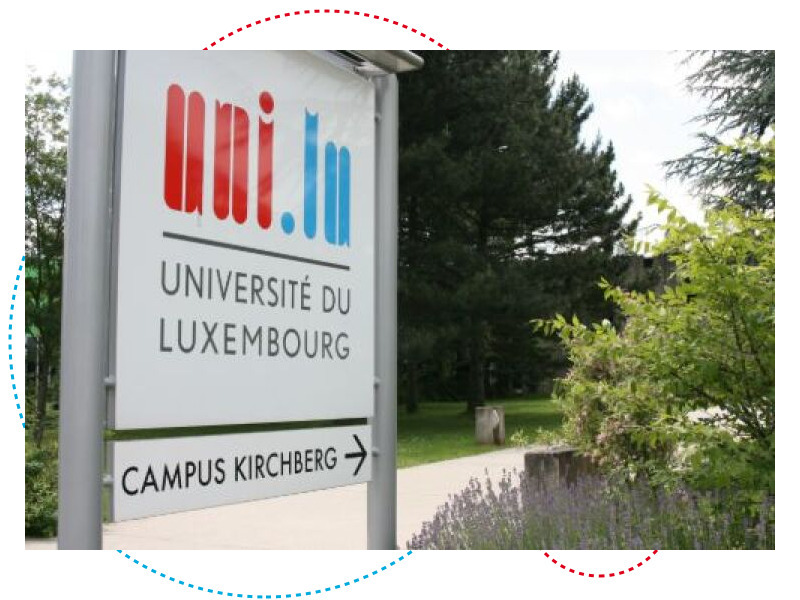
Supported by the Luxembourg National Research Fund (FNR) 17539924
Abstract
We model Artificial Intelligence (AI) as self-learning capital: Its productivity rises by its use. In our model, an AI sector and an applied research (AR) sector produce intermediates for a final good firm and compete for high-skilled workers while benefiting from mutual spillovers. The economy displays a sequence of four tipping points: First, entrepreneurs and second, high-skilled workers drive the accumulation of self-learning AI. This is reversed in two subsequent tipping points. In the steady state, AI accumulates autonomously due to spillovers from AR and we show that suitable tax policies induce socially optimal movements of workers. In particular, we provide a macroeconomic rationale for an AI-tax. Nonetheless, we observe increasing income divergence due to the rise of AI.
Hans Gersbach
